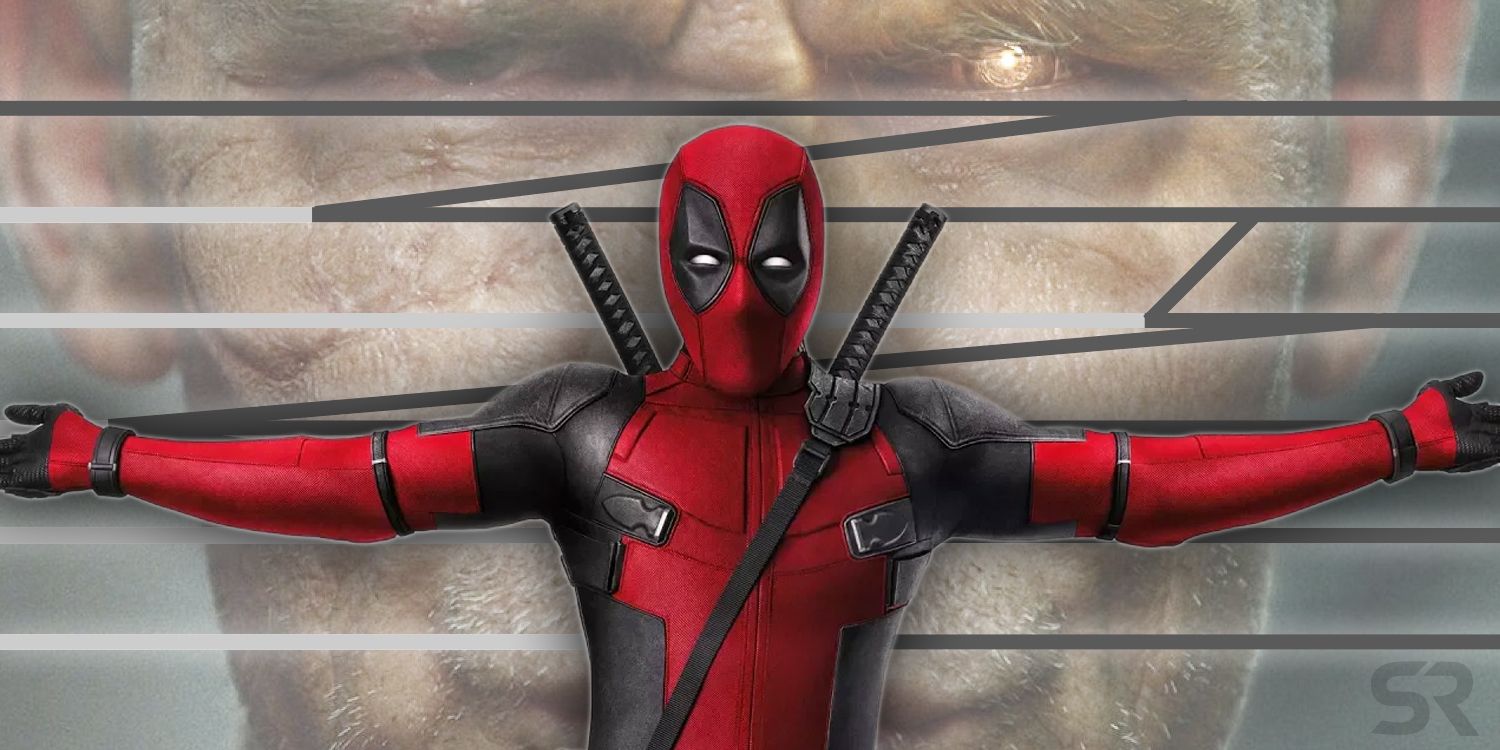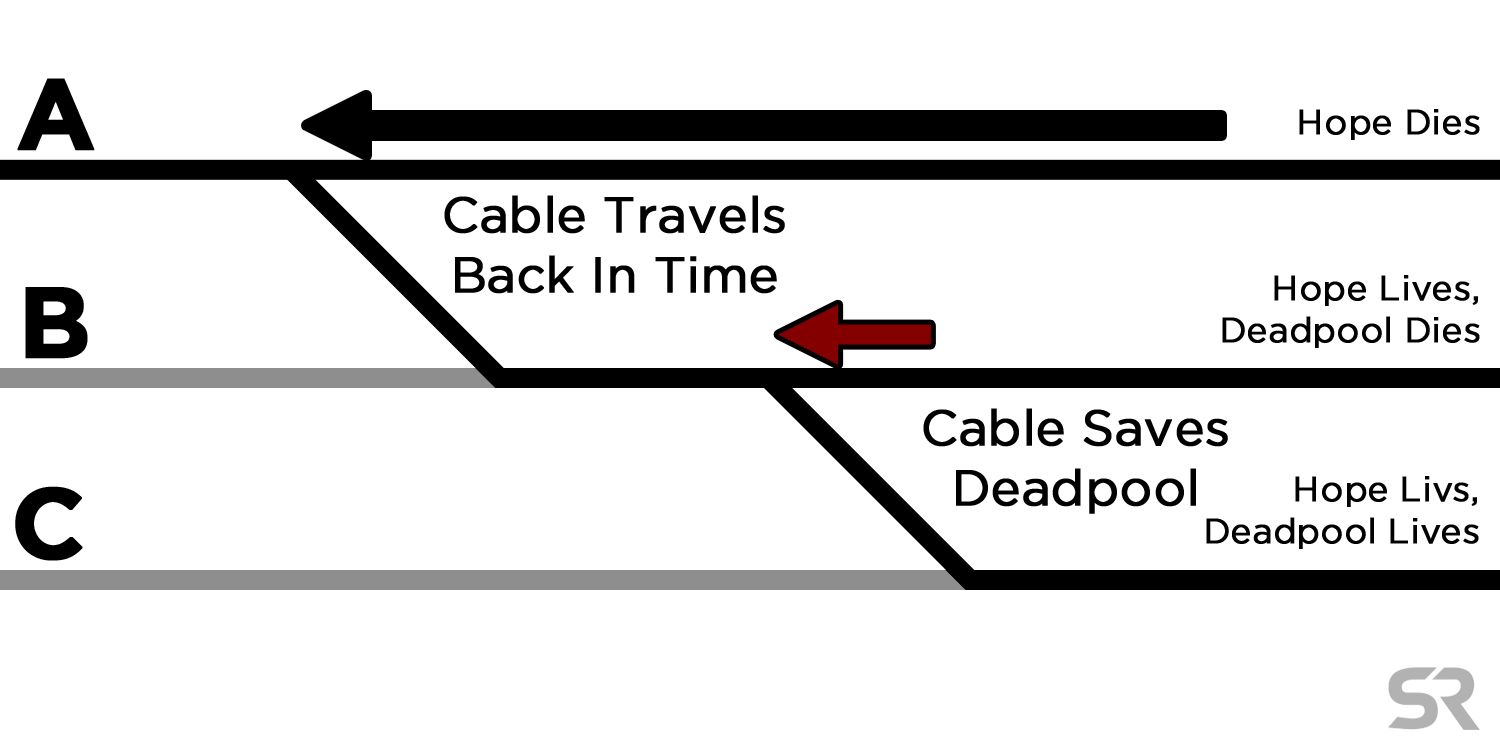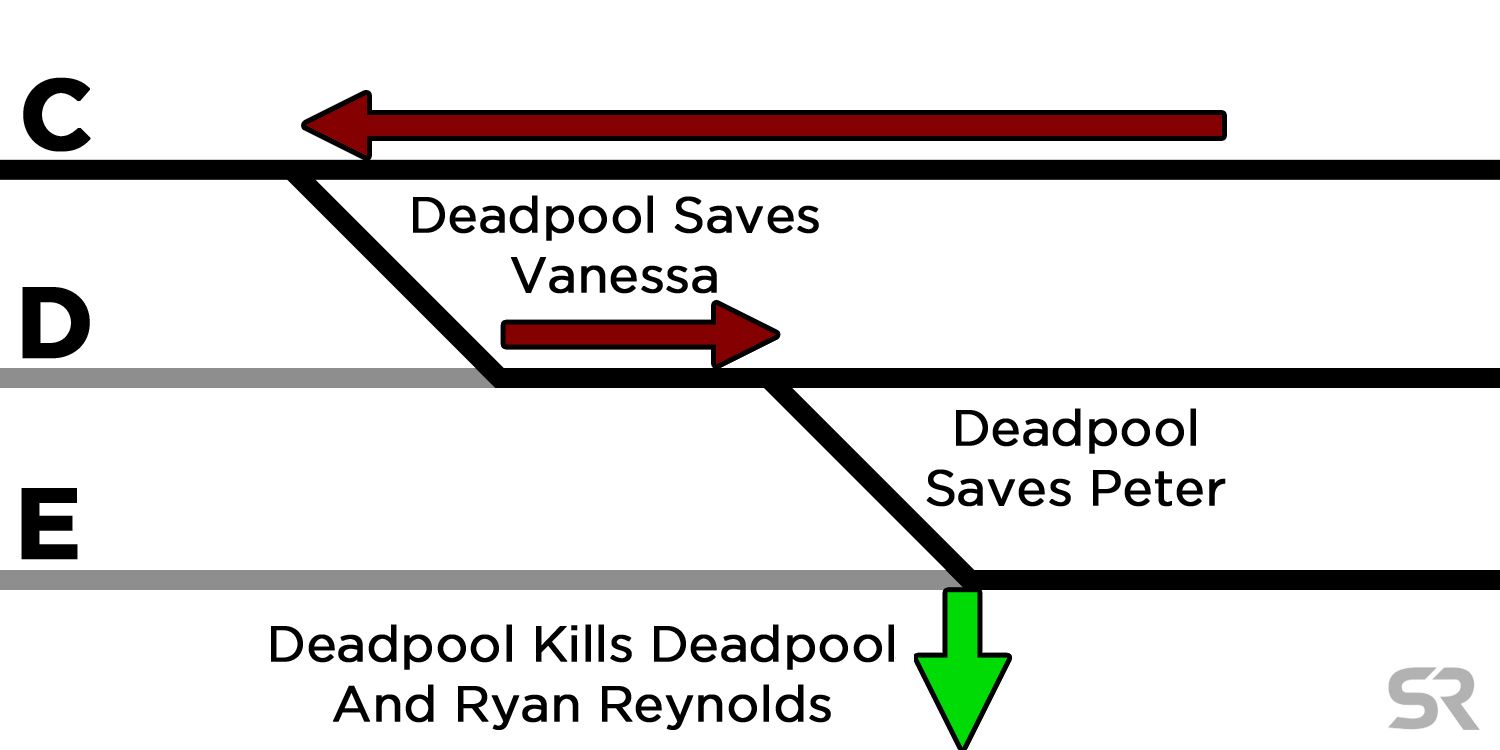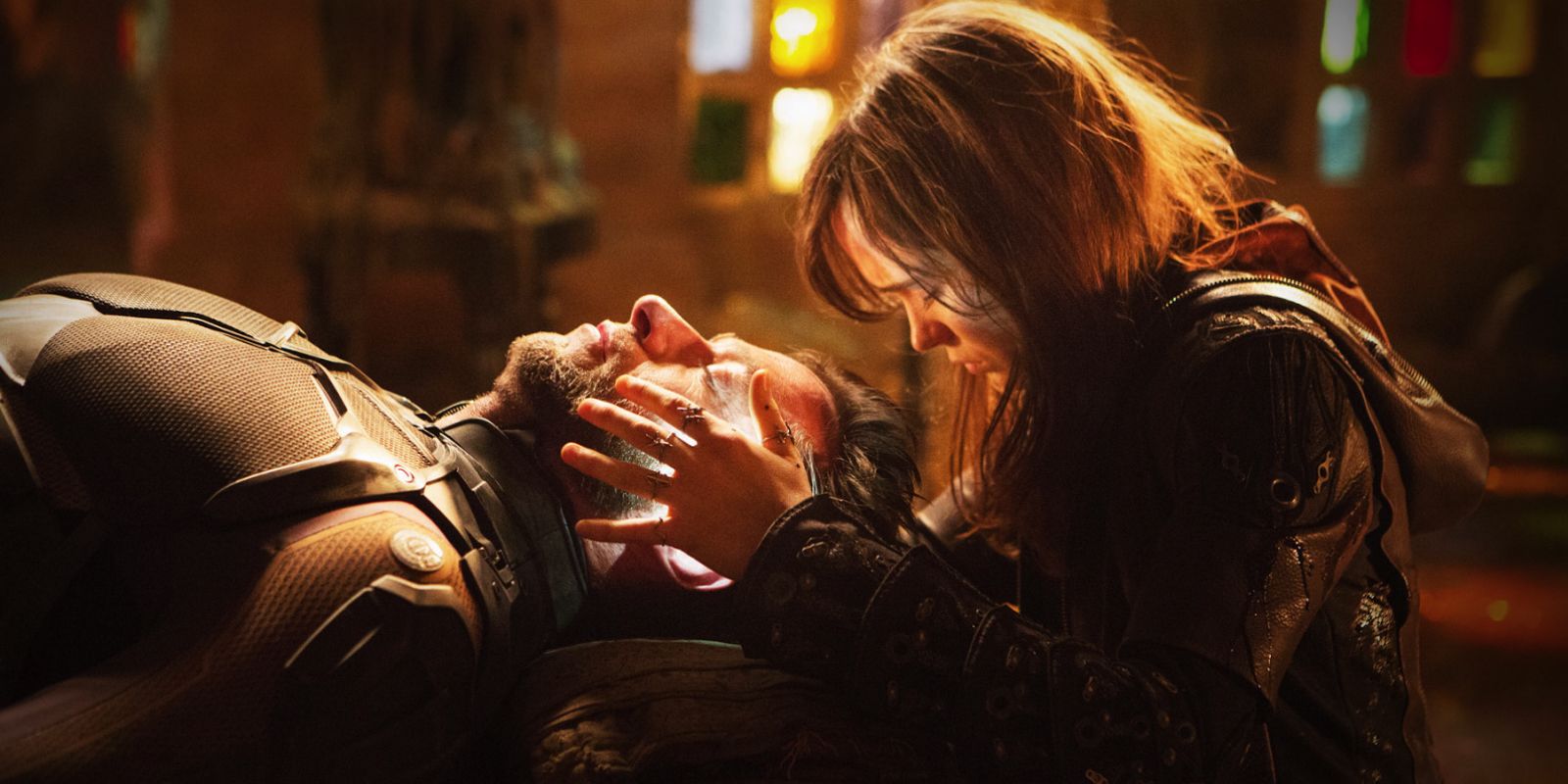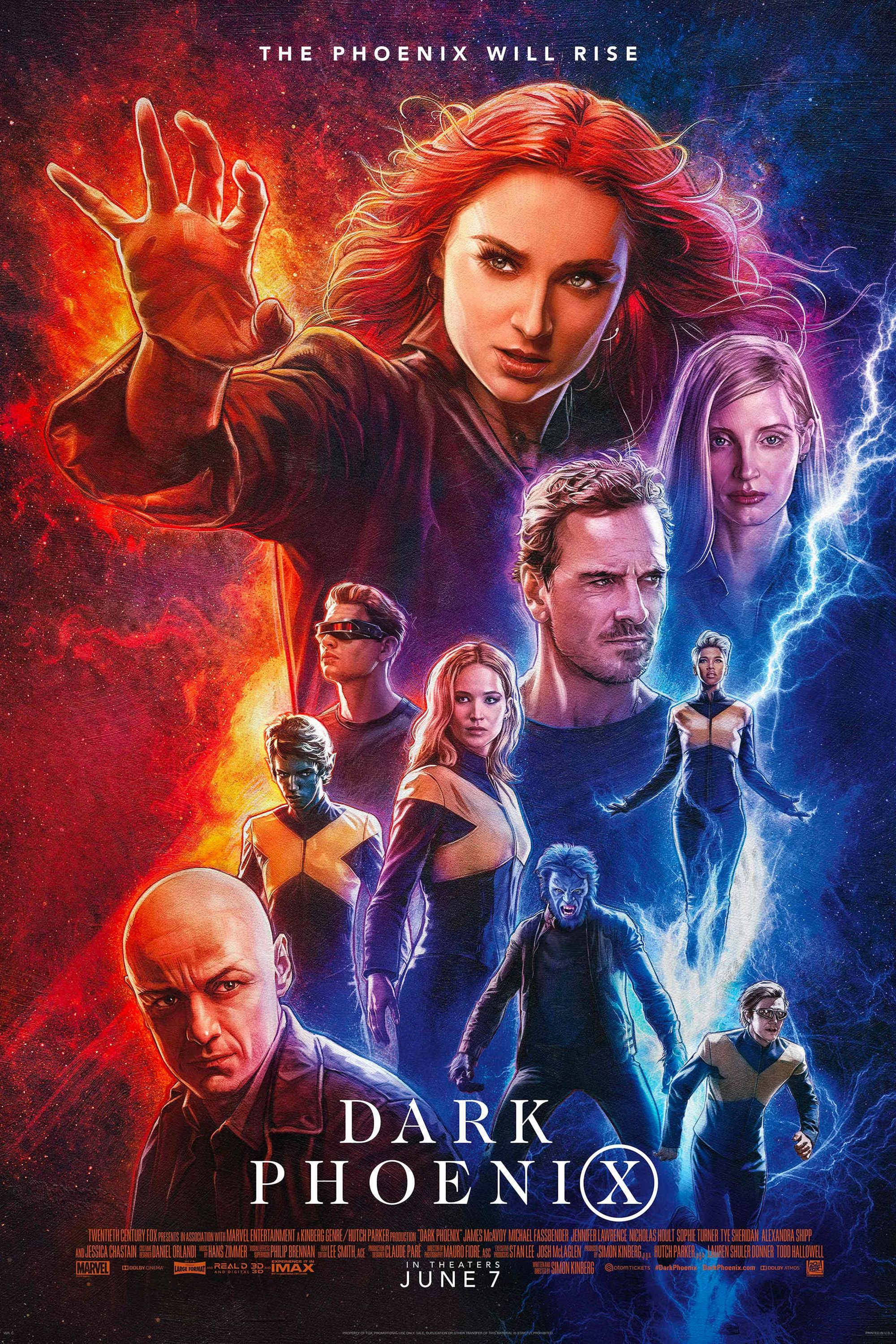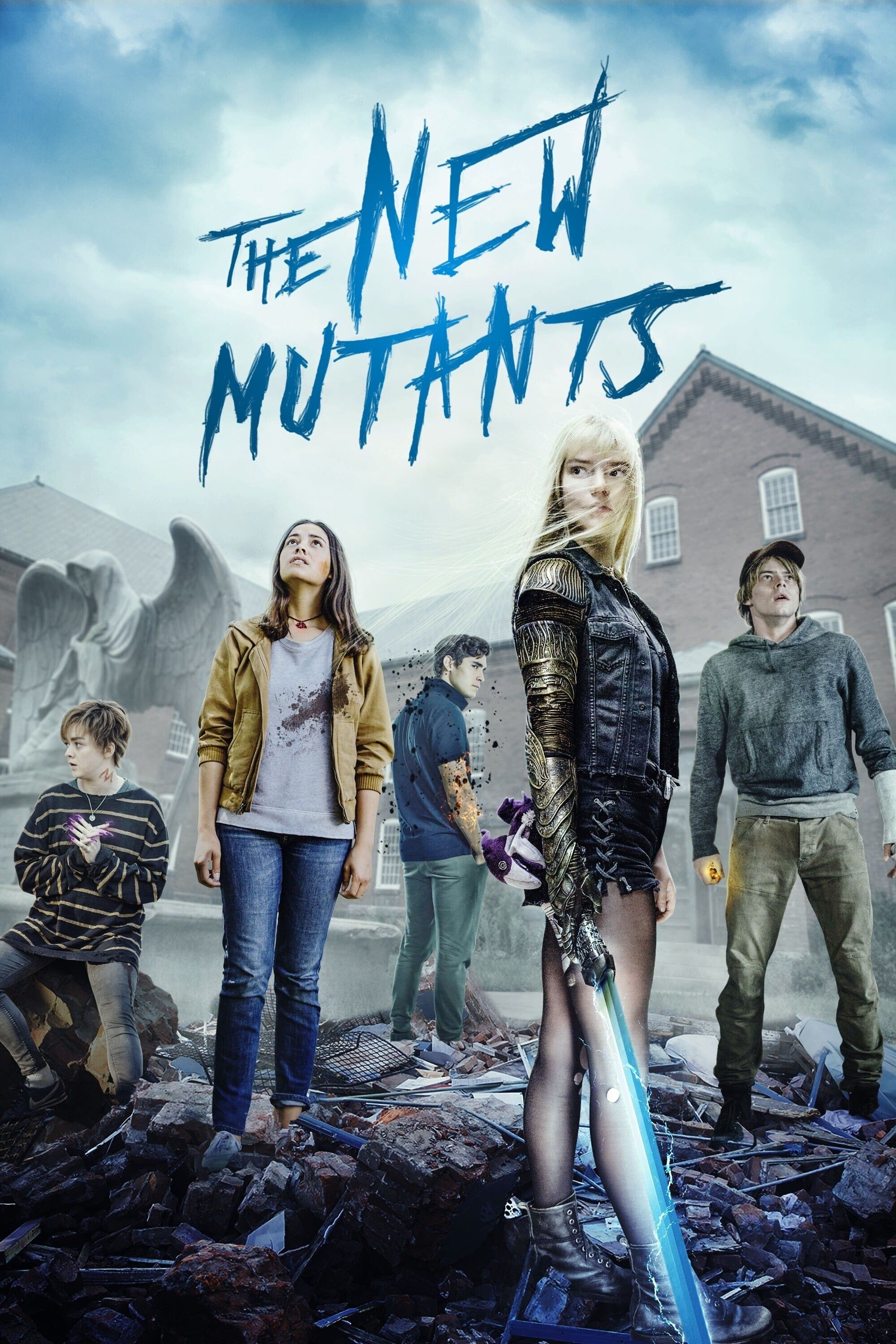WARNING: Spoilers for Deadpool 2.
Deadpool 2's time travel makes no sense. It does not. It can not. However, today we're going to try to do the impossible and explain how exactly the plot of the movie works.
From the moment Cable was confirmed for Deadpool 2, it was clear the film would be using time travel. Born Nathan Summers, Cable is the son of Cyclops and a clone of Jean Grey who is transported to the future as a child to save his life before returning as an adult. While it was repeatedly stated by the filmmakers they wouldn't be going into all of that, the fact remains he's come back from the future on a mission - in this case, to kill the murderer of his wife and daughter when he was still a child.
Related: Deadpool 2 Has ANOTHER A-List Cameo (You Totally Missed)
Time travel in movies has two fundamental, unavoidable hurdles. The first is that constructing a tight set of rules for the method of travel and what can/can't be changed in the past, and not subsequently breaking them is incredibly difficult; the only noteworthy examples that do this without any major plot holes are The Terminator, Looper and Primer (the latter of which is essentially an experiment in this theory). The second task is conveying everything correctly to the audience so they don't wind up applying another thought process; expecting the timeline to be changed instantaneously a la Back to the Future in an irreversible loop story, for example.
Deadpool 2 breaks both of these conditions as easy as the eponymous anti-hero breaks bones (others or his own): how it mechanically works is never properly explained and the movie switches up how the timelines change halfway through. It's a mixture of The Terminator's simple timeline rewrite along with Back to the Future's in-the-moment changes, but also has physical and mental forms of actual travel (for the latter, think Groundhog Day) that introduce multiple perceived timelines and fragmentation. Head hurting? It's going to get worse.
But first, a note. Obviously, while time travel is used in Deadpool 2 as a key plot instigator, the mechanics of it are purposely vague and contradictory because the needs of the story and jokes take precedent; by design it can not make sense. However, as we're dealing with something that will undoubtedly be returned to in future movies, it warrants exploration. Buckle up.
- This Page: Deadpool 2's Time Travel Explained (Kinda)
- Page 2: Deadpool 2's End-Credits Scene Creates A Problem
Deadpool 2's Time Travel Explained (Kinda)
The only way to explain Deadpool 2's time travel in a way that's remotely satisfying is to go into the theory of multiple timelines that coexist and are created by actions in previous continuities.
Related: The Very Specific Movies You Need To See To Fully Understand Deadpool 2
We start with Timeline A, which contains everything in the previous Deadpool and the sequel up to Cable's arrival. This eventually leads to a dark, purple-hued future where Cable and his family live, and which he travels back in time to prevent - or at least avert his family's deaths within (a hypothetical Timeline B). The measure of his success is how dirty his daughter's teddy bear is. Cable travels back in time using a watch of some sorts, which here physically moves him and all his weapons through space and time. This suggests a basic, create-a-new-future form of time travel like Terminator 2: Judgement Day, where the products of the original dystopian timeline still exist after the change (note that this is different to the first Terminator, which is a time loop).
Cable arrives and nothing seems to be immediately impacted. Indeed, he thinks his mission won't be complete until he actively kills Russell. This advances the previous idea and suggests that when it comes to changing the future, it can only be done a major, pivotal moments, with other aspects lining up. This fluidity is more akin to the likes of Looper and Back to the Future, where the butterfly effect has a reduced impact.
Time travel is, thankfully, mostly dormant for most of the film - the only reference is Cable's two-charge jump, which may be lazy writing although at least makes sense - but returns in the finale and here's where it gets particularly confusing. Deadpool is killed trying to save Russell, an act which enables Timeline B, but Cable realizes the heroism of the Merc with a Mouth so uses his final charge to travel back ten minutes or so and rewrite time so Wade instead survives (Timeline C). The move mostly ascribes to the fluidity of the larger scale (despite his prior knowledge, the fight at Essex House unfold exactly the same) except that it changes the method.
To go back in time, Cable now travels mentally: he moves into an earlier version of his own body, rather than teleporting himself as before. Here's the first major contradiction, and a tricky question for what Cable's real plan was. Was Cable A going to Marty McFly back into his future life and replace Cable B of the new timeline, and if so, was he going to take over his mind or physically replace him? Either way, the Cable in Timeline B would then have the memories of Timeline A.
Related: Deadpool 2 Cast & Character Guide
Going back to the saving of Deadpool in what is now Timeline C, this act also enables the happy outcome Timeline B, making Timeline C essentially Timeline B.2. The question once again falls to memory, however. Deadpool's entire arc in the movie hinges on his heart being in the right place, a realization he only comes to when dying in Timeline B. This is avoided in Timeline C, and as Cable was the one to travel back to create this, only he remembers that original outcome. This may rob Deadpool's arc of some closure, although the action of trying to save Russell - regardless of death seems to have taught him that lesson.
Still, a character arc is arguably worth the cost of making sense of the timeline, which is only confused by the manner of travel. Now if only they hadn't done the end-credits scene...
Page 2 of 2: Deadpool 2's End-Credits Scene Creates A Problem
The End-Credits Scene Problem
The problems come with Deadpool 2's end-credits scenes. Deadpool gets more charges in the time travel device and goes back through the timeline of the movie, franchise and our own reality. This is all very clearly a gag, but at least two of these have potentially major ramifications to the ongoing Deadpool story - indeed, the writers count them as canon - so they do need to be consolidated.
First, Deadpool saves Vanessa from her murder at the start of the film. This essentially sees him jumping back to earlier in Timeline C (when it was the same as Timeline A) and creating a new Timeline D where she just lives. Based on everything we've been told, this should rewrite the entirety of Deadpool 2.
Related: 30 Things You Completely Missed In Deadpool 2
However, we then see him go later in the timeline to save Peter from Zeitgeist's acid spit. This is either in Timeline B/C where X-Force was formed, meaning it's possible to jump between previous timelines and events aren't being overwritten, or X-Force was also created in Timeline D, suggesting that most of Deadpool 2's events still play out in some form in what is now Timeline E. Going by the sense of predestination, Timeline E is really the movie's Timeline C, only two more characters are alive.
After that, Deadpool goes to kill Origins Wade and a Green Lantern-era Ryan Reynolds, at which point we're inclined to throw in the towel in treating what is clearly a joke. That said, this may explain the mind/body contradiction: Deadpool only moves into his own body in times or places he was alive - in the others, his physical form moves entirely. It's possible we're dealing with a conditional methodology - Cable may not have been alive during the present events of Deadpool 2, explaining why he first just - which at least standardizes some of this.
Days of Future Past Allows Us To Fudge It
Of course, this isn't the first time the X-Men franchise has dealt with time travel, and that prior use may help smooth out some of our rough edges. Days of Future Past brought together the original X-Men trilogy and First Class continuities semi-seamlessly, with the OG team in a dystopian future and mentally transmitting Wolverine back in time to change the past and create a new, brighter timeline - not dissimilar to the logic we're dealing with in Deadpool 2.
The fundamental rule of this form of time travel was vague pre-destination. Wolverine was able to make small impacts in the past without changing the greater flow of time because time is a river and a traveler a stone, with the ripples unable to change the overall flow. That things changed in that movie was the product of a seismic shift, and Deadpool 2 could be dealing with something similar. The reason X-Force was formed in Timelines B, C, D and E was because trying to stop Cable was near unavoidable, while the entire thing happens despite the loss of Vanessa's death as an inciting incident because this journey could happen without that.
-
In conclusion, Deadpool 2's time travel doesn't make any sense.

